All About Garden Sprayers

It is impossible to get a good rich harvest without a systematic fight against garden and horticultural pests. Such a tool as sprayers is an urgent necessity in the work of every farmer. Such devices work due to the occurrence of excess pressure, which allows you to distribute fine chemicals over the surface of crops.

What does it consist of?
Garden sprayer for summer cottages consists of the following components:
- container (metal or plastic);
- diaphragm piston pump;
- valve;
- pump handle;
- telescopic bar;
- nozzles;
- extension cord, cord;
- filters;
- nozzle.
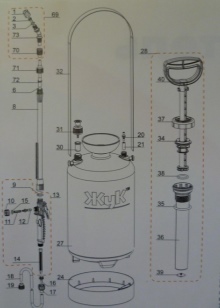
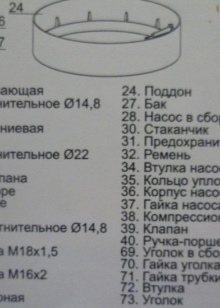
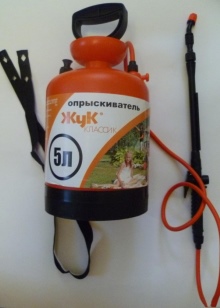
Professional nebulizers can create microscopic droplets of liquidthat are able to penetrate almost everywhere. The sprayer is also often used for whitewashing premises, washing vehicles. The versatility of such a unit allows you to get the most out of its purchase.
Making a low-power sprayer with your own hands is not difficult, and a similar device from a brand manufacturer can also be purchased in a store.
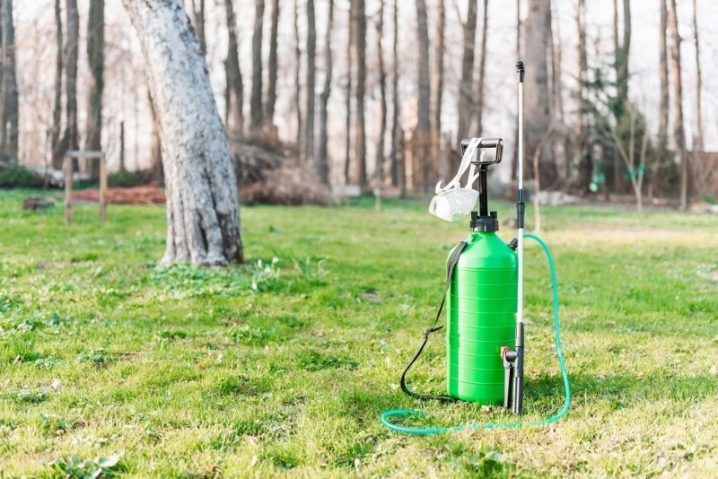
Advantages and disadvantages
With the help of sprayers, you can do the following work:
- spray fertilizers and chemicals;
- irrigate trees and shrubs;
- work in greenhouses;
- disinfect attics and basements;
- process potatoes;
- do interior and exterior decoration of objects and premises.
The advantages of a good atomizer are simplicity of design and reliability. Portable units are lightweight and efficient. The disadvantages include the prices for sprayers, which are often too high from well-known companies.
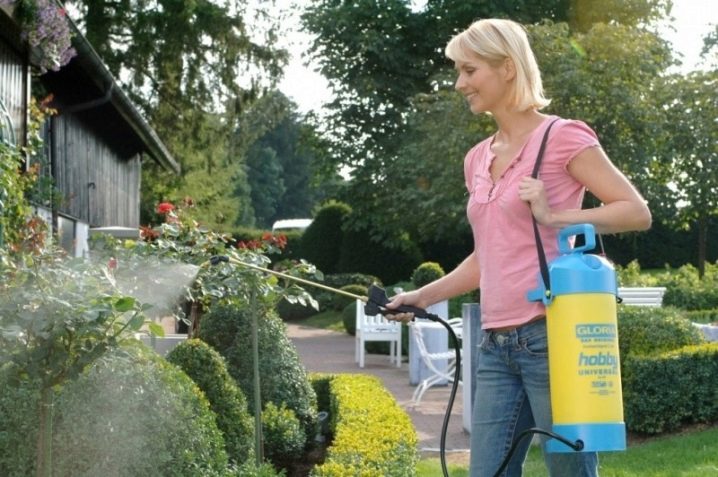
Views
Sprayers work like a spray gun, but are differentiated according to the principle of their action. There are aggregates:
- pump-action;
- lever;
- powered by rechargeable batteries.
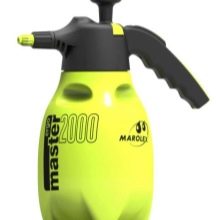
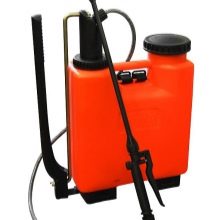
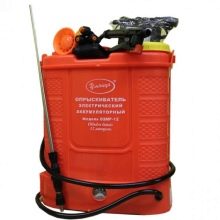
Sprayers, which run on gasoline or diesel engines and move around the garden on wheels, are carried in a knapsack.
The second option compares favorably with its compactness and lightness. With such a device, you can work from a stepladder, climbing to a rather large height. A large sprayer also has its positive properties, it is possible to work with it "across areas", treating rather large areas at a time.
Structurally, the sprayer consists of two containers of a plastic or metal vessel, in which a piston pump is mounted. A hose with a spray and a long rod, which is called a "fishing rod", is connected to the container. A handle with a switch is attached to it. At the end of the "fishing rod" there is a special nozzle that regulates the size of the sprayed liquid microdroplets and the volume of the sprayed composition.
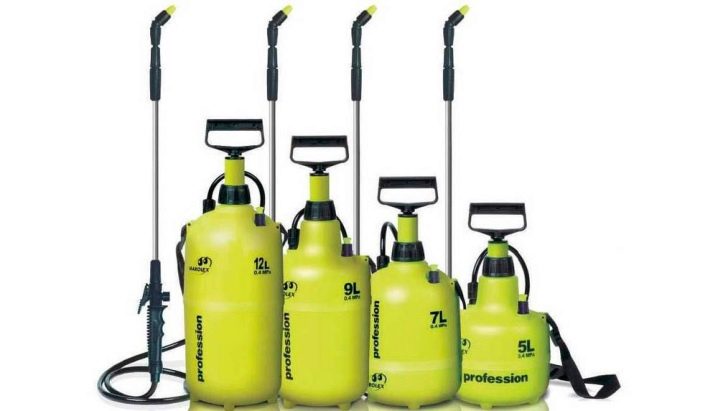
In terms of the main indicators - weight, productivity - an electric sprayer is not much different from a pump sprayer. At the same time, its work is more productive, spraying occurs at more distant distances, the dispersion of drops is much better. Advanced sprayers have several nozzles (up to four), which significantly reduces the time intervals during the processing of the useful area.
Self-propelled tractor trailed sprayer allows you to spray chemicals over large areas with their maximum dispersion, good dispersion.For strip spraying, such devices can become a universal aid in agricultural work. The factor of the availability of autonomy ensures effective destruction of pests. For such work, mini tractors are often used.
There are also sprayers for a walk-behind tractor that can be used as a trailer.
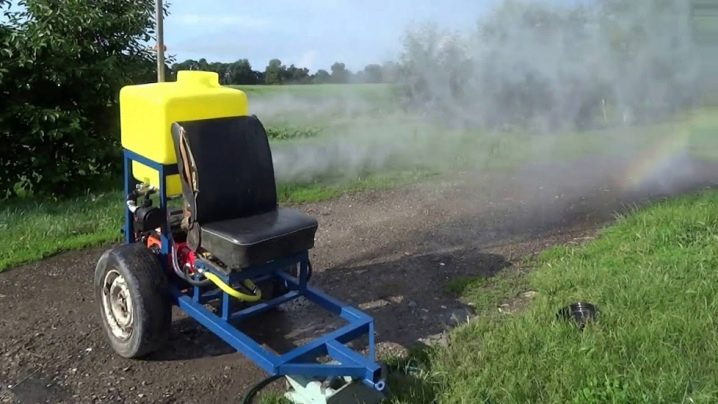
Mini sprayers consist of a spray gun and a plastic body, most often they are used:
- for flowers;
- for indoor plants;
- for disinfection of premises.
Pneumatic mini-sprayers, treat a small area, which is quite enough.
It is important at the very beginning to have an idea of which sprayer is needed for a summer cottage: herbicidal or pesticidal. This is explained by the fact that even a small proportion of the herbicide (which is intended to eradicate weeds) can damage the desired crop.
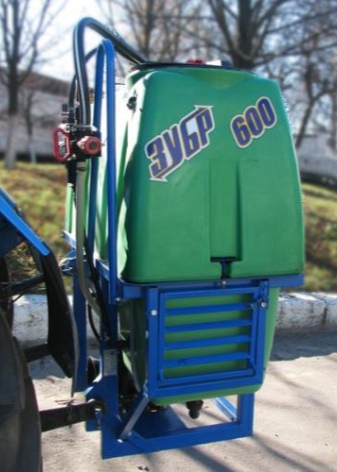
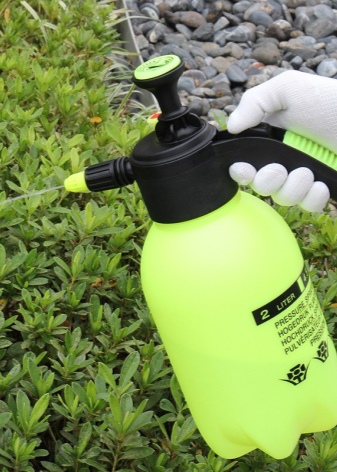
Compression sprayers are most commonly used. These devices work by creating pressure (compression), which ensures good dispersion of small liquid droplets. Compression sprayers have diaphragm or piston pumps
The device for spraying plants in itself is simple, it works according to a simple principle. When buying, you should know some details in order to buy a good thing that will last a long time.
Tank volumes for sprayers vary over a wide range: from 1.5 to 85 liters.
Sprayers in which the volume of the tank fluctuates in the region of two liters are ideal for working in small greenhouses; larger containers are suitable for processing garden areas

Manual
Hand sprayers are compact and lightweight. The capacity of such units does not exceed three liters. Sprayers often have a single strap that can be strapped over your shoulder.
This makes it possible to free your hands and harmoniously distribute the load throughout the body. To generate pressure, the handle is moved up-down. These sprayers are suitable for treating plants that grow:
- in greenhouses;
- in the flower beds.
Their advantages are that they are relatively inexpensive, reliable in operation and easy to use. A manual sprayer costs no more than 500 rubles.
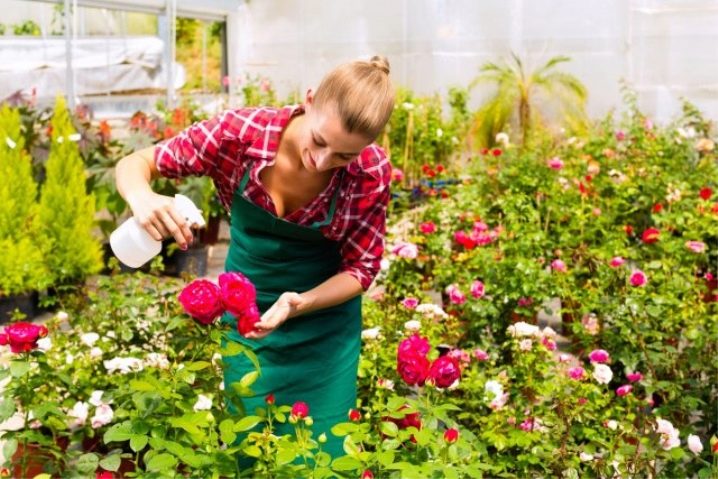
Pump
Portable pump sprayers are especially popular and can be attached to shoulder straps. The containers for these devices are opaque and made of durable materials (stainless steel, durable plastic). Pump units work according to the principle: a solution under high pressure enters the spray unit, which “crushes” the jet into microscopic drops, which allows high-quality processing of plants.
You can pick up a device that will have a good "range", in this case, the movement on the site will be minimal.

Knapsack
Sprayers of this kind are undemanding to maintain and easy to use. They must contain three nodes:
- capacity;
- solution injection mechanism;
- the knot due to which the spraying occurs.
The liquid supply can be by means of:
- pumps;
- drive motor system.
Pumping mechanisms may vary, but the spraying units themselves have similar designs. The mass of such a unit does not exceed 10 kg. Productivity ranges up to one liter per minute.
The most common type of pumping is manual pump. A sprayer that is powered by an engine is more productive, the radius of the jet is noticeably higher.
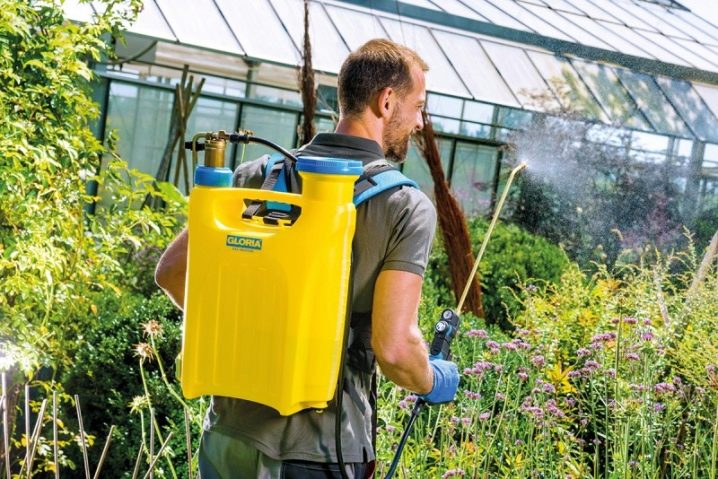
Rechargeable
Cordless sprayers have gained popularity among summer residents and farmers. The work of a good battery can be quite long (daylight hours), charging takes place within one night.
It is recommended that when buying a battery sprayer, focus primarily on the brand; at the same time, the battery capacity should be maximum. The branded manufacturer guarantees quality and long service life.The cordless atomizer is tied to the quality of the energy block and can only be made well by reputable companies that have innovative technologies.

Lever
The lever design is more rational, it is much more comfortable to use than the pump. Lever sprayer allows you to create a pressure of working fluid without removing it from the shoulders. The weight of the filled container of such a device can reach twenty kilograms. The pressure itself is generated not in a container with toxic substances, but directly in the working container of the pump - this allows you to significantly increase the safety of the device. Some of the best knapsack sprayers are Zhuk and Sadko, they are inexpensive and are not inferior in quality to the best world analogues. Devices are provided specifically for left-handed people, where the lever can be moved from one position to another.
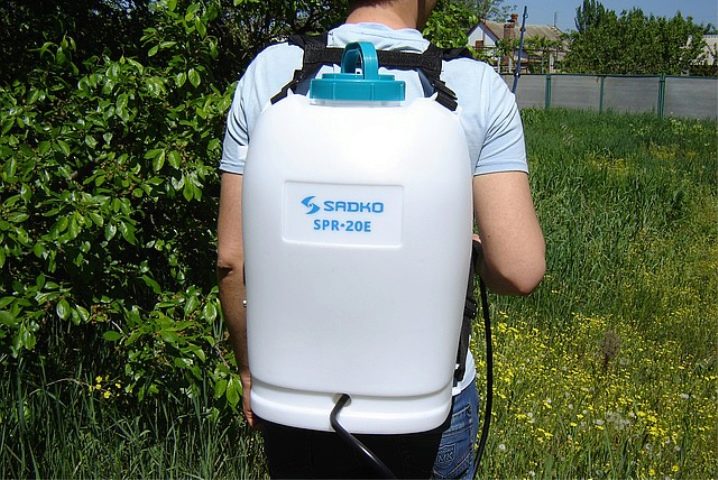
Gasoline
Gasoline sprayers are considered the most powerful; even electric ones are inferior in quality to their characteristics. With this unit, you can spray the upper crowns of fruit trees (this is 6–8 meters). In order to work with large areas, farmers usually choose models that have a nozzle with a large diameter.
The engine power of such devices is up to five horsepower.
In winter and autumn, this sprayer can be used as a leaf and snow blower.
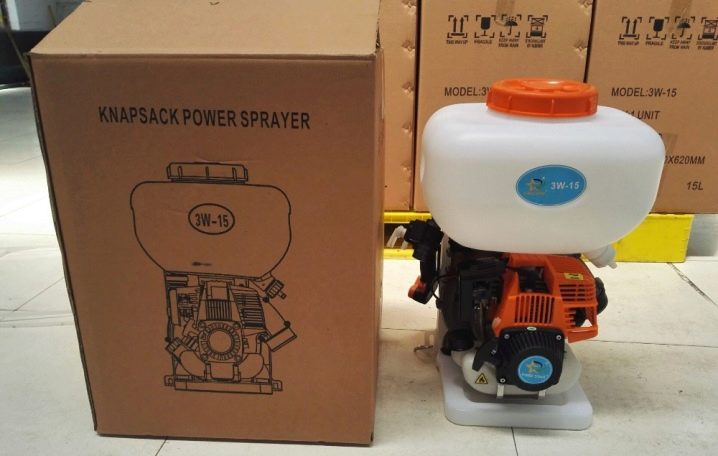
Gasoline Sprayer Advantages:
- economical;
- compact;
- has great power;
- allows you to work with large areas;
- prices vary for such units from 20 to 60 thousand rubles.
The best compact gasoline sprayers are available from Echo (Japan), Shtil (Germany), Efco and Oleo-Mac (Italy). Sprayers from China are not as reliable but still workable (Champion, Green Field).
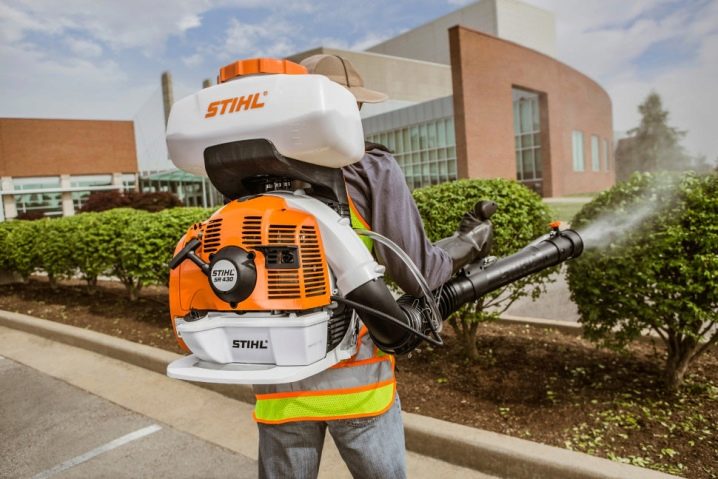
Pump type
The simplest pump-type sprayers are hand-held. They consist of a small plastic container with a lid; it has a built-in pump pump. It is necessary to create the required working pressure in the vessel, thanks to it, the working fluid is atomized. Hand-held compact models are lightweight, easy to work with, and rarely exceed three liters in volume. Without fail, all sprayers are supplied with special filters so that the nozzle does not clog; there must also be a valve, thanks to which you can bleed off excess air. There is a scale on the body by which you can determine the amount of a chemical. The nozzle is adjustable, it is possible to change the parameters of the jet.
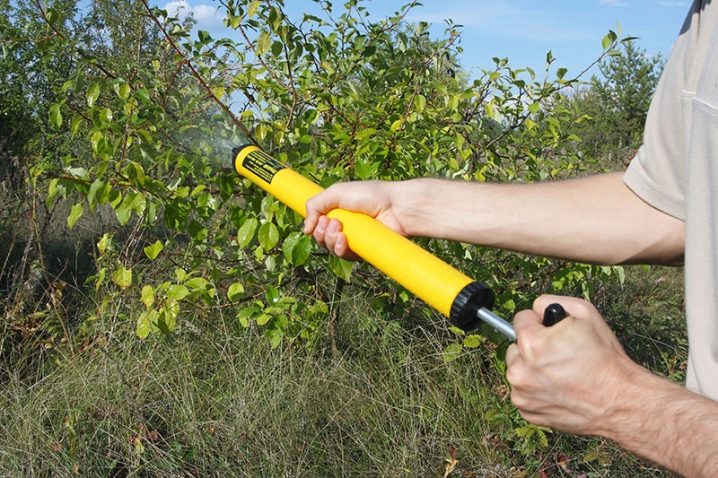
Fan
A fan atomizer allows you to create a fairly powerful flow of dispersed liquid, which is transmitted over a long distance. The design of the fan device depends on the following indicators:
- plant species;
- what phase of growth they are in;
- how they are planted and what parameters they are.
Fan sprayers can be used with a wide variety of attachments that affect the parameters of the sprayed liquid. Sanitary standards prohibit the operation of such devices at a distance of less than half a kilometer from residential buildings. Fan sprayers are equipped with powerful hoods that direct the flow through special baffles. In this case, the flow of the dispersed liquid can be effectively controlled. The air ducts also allow you to adjust the flow depending on the height of the plants.
It is recommended to work with fan sprayers only in the early and evening hours.
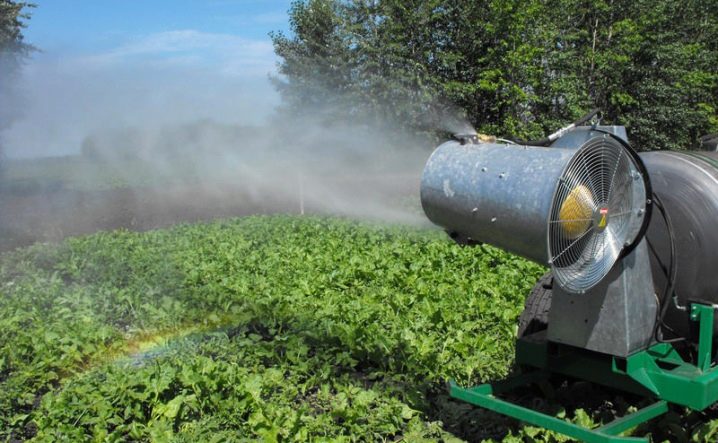
Rod
These sprayers are powerful and allow you to work with large areas. They work in conjunction with agricultural machinery. Most often used for spraying:
- herbicides;
- fungicides;
- insecticides.
The volume of the container is usually between 350 and 950 liters. Foreign manufacturers often provide installations with stand-alone booms (for example, Solo from Germany).In this configuration, it is possible to easily change the installation to a telescopic attachment.
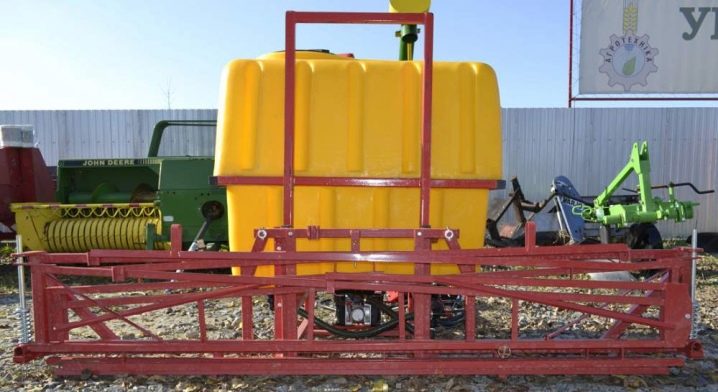
Manufacturers rating
The best atomizers are those that are produced by world-famous manufacturers. But among domestic Russian brands there are models that are in no way inferior to eminent foreign counterparts. Reviews of Russian sprayers are most often the most flattering, but so far, traditionally, imported models "run the show" on the market. Ergonomic devices are considered to be from such companies:
- Solo (Germany);
- Marolex (Poland);
- Kwazar (Poland);
- Gardena (Germany);
- Hozelock (UK);
- Zhuk (Russia).
The most famous sprayers made in the Middle Kingdom are the products of the Grinda company. The units produced by this company are simple in design, inexpensive and reliable in operation.
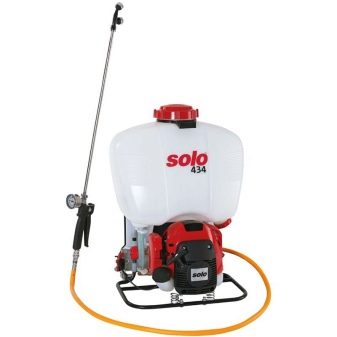
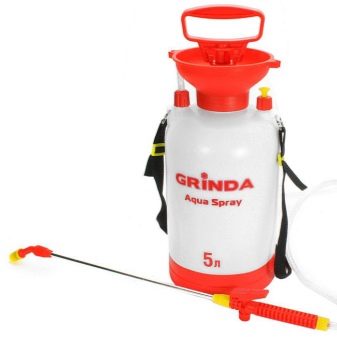
How to choose and use?
When buying a sprayer, it is recommended to test it immediately in the store. It is also important to try on and check the knapsack and fasteners, the quality of work depends on these indicators.
When choosing a sprayer, special attention should be paid to the length of the "rod": this parameter has a significant impact on productive work. Often special retractable "fishing rods" are made, when the length can be varied in rather large ranges. Often, manufacturers make "fishing rods" about a meter long, while the hose is made noticeably longer. The idea is not the best: the "telescopic" option is more rational, and the most acceptable hose length usually does not exceed two meters.
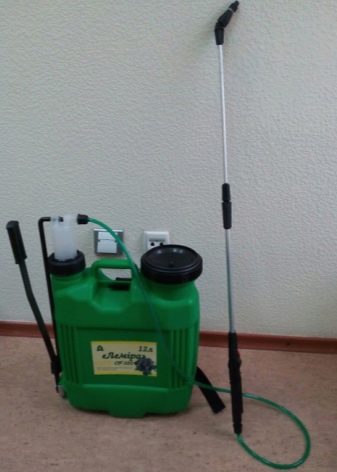

Sprayer prices vary considerably.
This is due to several factors:
- volume of the tank;
- manufacturer's popularity;
- terms of guarantees.
The cheapest are Chinese and domestic models, prices vary from 650 to 1900 rubles in retail.
Polish and German sprayers (from 5.4 to 14 liters) can cost from 2,500 to 8,000 rubles.
If you have an idea to buy a budgetary and reliable sprayer, then you should buy devices from companies such as Marolex, Beetle and Kwazar. More expensive models are available from Solo, Gardena or Shtil.
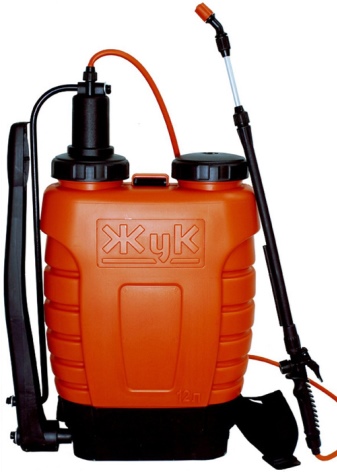
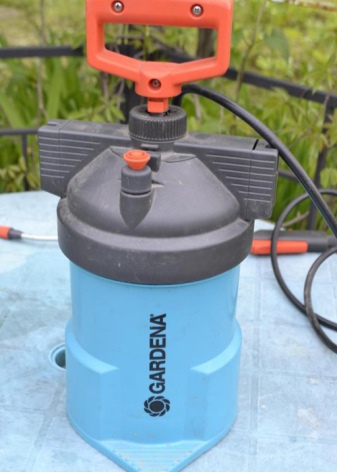
Particularly noteworthy are the Makita and Solo sprayers, prices start for such units from twenty thousand rubles. The money spent on the purchase of products ultimately pays off: devices made by "expensive" firms work flawlessly for many years.
Often, a sprayer is needed once a year to perform a small amount of work, with this option it makes no sense to spend money on expensive things, it is quite enough to buy an economy-class sprayer.
Budget models at a price usually do not exceed seven thousand rubles, the most famous companies:
- Comfort;
- Sfera;
- Palisad.
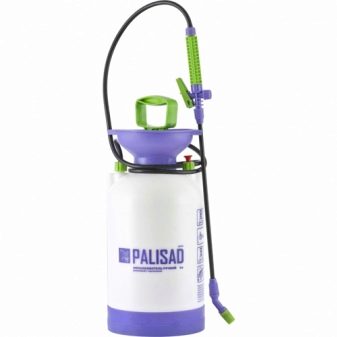
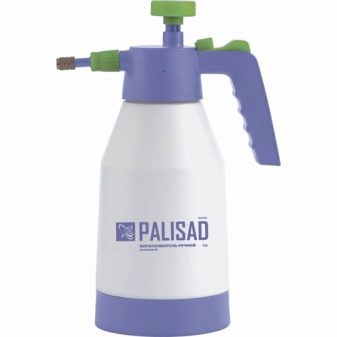
How to repair?
The repair consists of the following stages:
- flushing, cleaning of units;
- processing of working needles, their replacement;
- cleaning the case;
- fitting parts;
- testing work.
During inspection and sorting, the general condition of the working parts should be inspected. Then the nozzles are checked: if they do not work, it is also recommended to change them. If the defects are minor, then it is enough to carry out preventive work: mechanical cleaning, cleaning with a solvent, etc.
Also, such work requires the adjustment of the cones. The parameters of the needle are also checked: if its lift exceeds 0.81 mm, then such a spray is rejected.
To ensure the fit of parts, a special paste is most often used, which consists of aluminum oxide. Cleaning work continues until the needle moves smoothly in the spray container.
For more information on repairing a garden sprayer, see the following video.
How to do it yourself?
Good atomizers cost a lot of money, so craftsmen have adapted to create devices on their own. The sprayer can be made from the following assemblies and parts:
- ballpoint pen;
- refrigerator compressor;
- vacuum cleaner engine;
- cameras from the car.
If everything is done according to the rules, then a homemade sprayer will not be inferior to a branded unit. First of all, you will need the following blocks:
- plastic or metal container;
- rubber tube from a bicycle;
- a spray can of hairspray;
- compact pump.
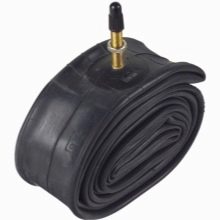
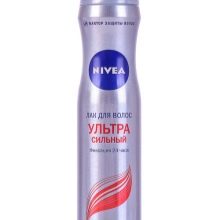
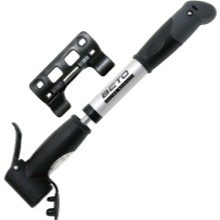
The nipple is removed from the chamber, a hole is made in the container, the nipple is attached from the inside.
It will provide air concentration.
A module is cut out of the can, which will provide spraying. The module diameter is the same as the plug. With a valve, it is welded to the plug. The main difficulty of such work is the implementation of the tightness of all joint seams. Design testing must be carried out at a pressure of at least 3.5 atmospheres.
A hand sprayer is a necessary unit, but it will not be enough for large jobs. To create a more powerful atomizer, you will need a compressor from a refrigerator or an engine from a vacuum cleaner. It is best to use old vacuum cleaners made back in the days of the USSR; in their design, the hose was usually screwed securely to the body. You can change the poles of the terminals so that the device starts working in reverse mode.


To make an electric spray, you need to find a plastic container with a wide neck (diameter 4–6 cm). A cork is cut out that matches the neck of the bottle. A nozzle is sealed into the cork, onto which the hose will be put on. Air will be blown into one hole. The other opening will expel the spray substance.
For information on how to make an electric sprayer with your own hands, see the next video.



































































The comment was sent successfully.